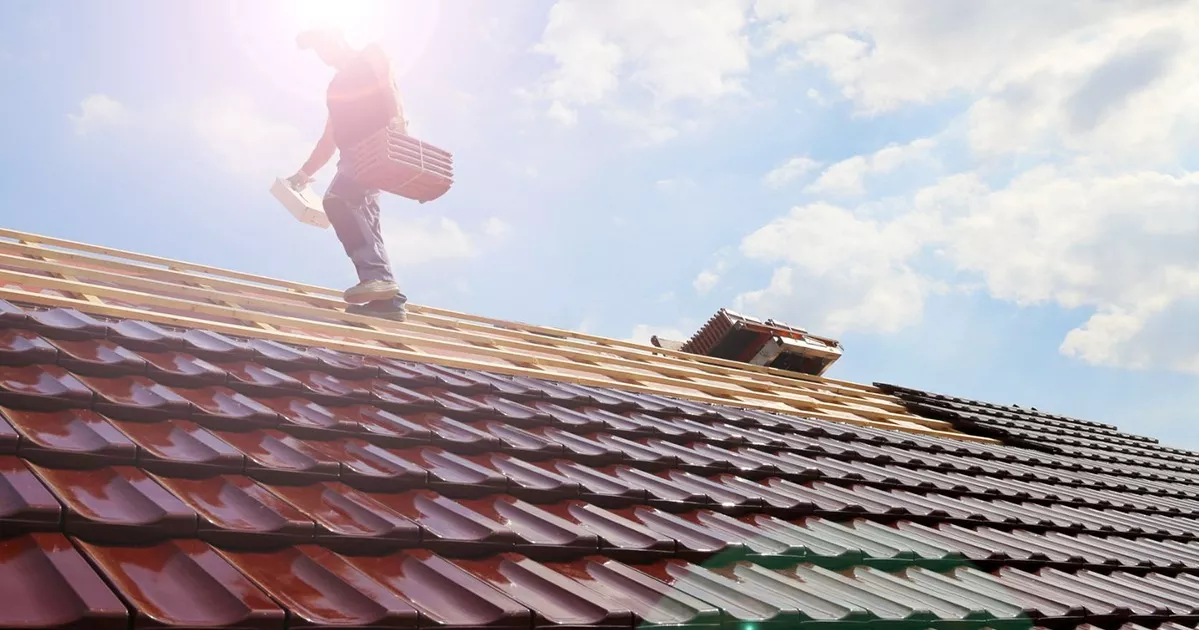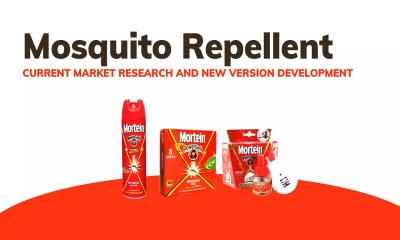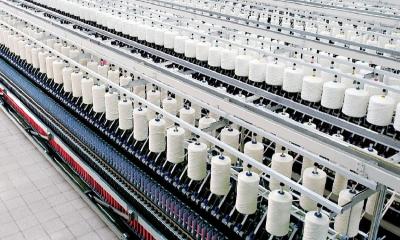As summer temperatures soar, the heat can make indoor living conditions uncomfortable, particularly for those living on upper floors. The roof, directly exposed to the sun, plays a significant role in how heat affects the home. However, there are multiple strategies homeowners can implement to keep their roofs and homes cooler during intense heat waves, reports UNB.
Tips to Keep Your Roof Cool During the Scorching Heat of Summer
Selecting Appropriate Roofing Materials
Choosing the right roofing materials is crucial in climates that experience intense summer heat, like Bangladesh. Materials that reflect solar energy rather than absorb it, such as metal, tiles, or specially designed reflective shingles, can significantly reduce heat absorption. These materials help maintain lower roof temperatures, which translates into cooler indoor environments.
Utilizing Cool Roof Coatings
Cool roof coatings are designed to reflect more sunlight and absorb less heat than standard roof surfaces. Applying these coatings can lower roof surface temperature dramatically, reducing heat transferred into the home and prolonging the lifespan of the roofing materials. These reflective coatings are an effective solution for homeowners looking to retrofit existing roofs without complete replacement.
Enhancing Insulation
Insulation plays a critical role in minimizing heat transfer from the roof to the home`s interior. Effective attic or roof space insulation, using materials such as fiberglass, foam board, or cellulose, acts as a thermal barrier. This barrier helps stabilize indoor temperatures, making homes more comfortable during both day and night.
Improving Roof and Attic Ventilation
Good ventilation helps prevent heat build-up in the attic, which can significantly lower overall home temperatures. Installing adequate vents and fans ensures continuous airflow, allowing hot air to escape and cooler air to circulate. This process is essential to maintain a comfortable indoor climate during peak summer months.
Incorporating Greenery and Shade
Strategically planting trees around your home can shield your roof from direct sunlight, providing natural cooling through shade. Additionally, installing green roofs or rooftop gardens adds a layer of insulation and vegetation, which helps absorb heat and improve overall air quality.
Installing Solar Panels
Solar panels not only generate renewable energy but also provide shade to the roof, further reducing heat absorption. This shading effect helps keep the roof and subsequently the indoor environment cooler, reducing the reliance on air conditioning and lowering energy costs.

Implementing Shade Structures
Adding shade structures such as pergolas, awnings, or shade sails over exposed roof areas can significantly reduce the amount of sunlight hitting the roof, thus decreasing heat absorption. It is beneficial to use light-colored materials for these structures to enhance their heat-reflective capabilities.
Roof Watering Techniques
On extremely hot days, lightly spraying your roof with water can cool it down temporarily. Water`s high heat capacity allows it to absorb a significant amount of heat without a rapid increase in temperature, providing a cooling effect.
Conclusion
Adopting a combination of these strategies can significantly mitigate the effects of summer heat on your house roof, enhancing indoor comfort and promoting energy efficiency. By integrating passive cooling techniques with active systems, homeowners can effectively manage indoor temperatures, contributing to sustainable living and reduced energy consumption. These measures collectively help create a more comfortable and environmentally friendly home environment.










-20251212132043.webp)









-20251212053626.jpeg)
















-20251207131533.jpg)

